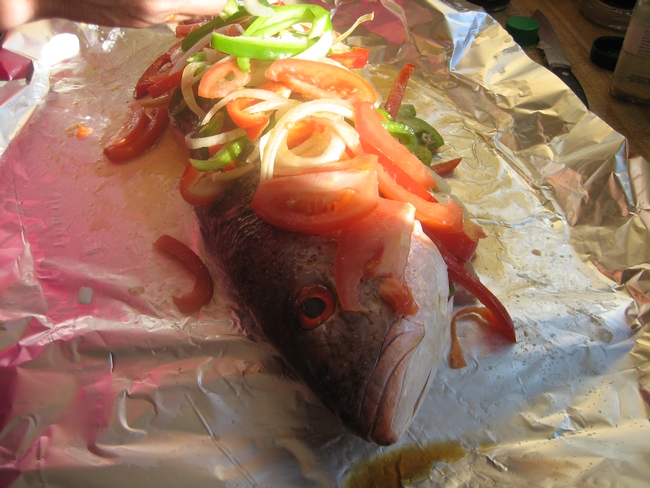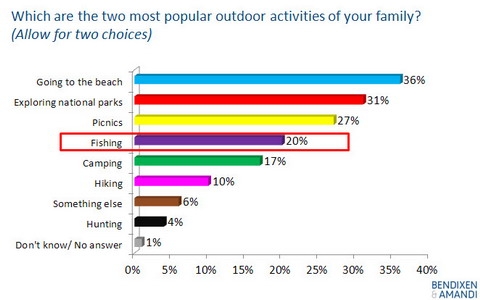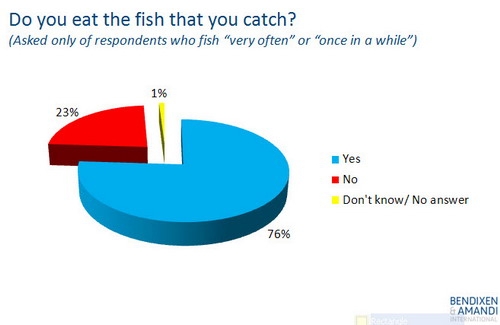
An analysis of several studies conducted among Latinos reveal that this community faces a disproportionate risk from toxic mercury pollution because of a combination of cultural, economic and linguistic factors.
The analysis – based largely on previously unreleased data from the polling firm Bendixen & Amandi's 2008 National Survey of Latinos on the Environment – provides new evidence that toxic mercury pollution, which primarily comes from coal-fired plants, constitutes a clear and present danger to the health of the Latino community.
According to the Sierra Club survey, 31 percent of Latinos fish regularly, and 76 percent of those eat and share what they catch with their families. These families include young children and women of childbearing age, the two most vulnerable population sectors to mercury poisoning.
By far the country’s largest mercury source is coal-fired power plants, which in 2009 alone spewed more than 130,000 pounds of this toxin into the environment. Mercury poisoning occurs by ingesting contaminated fish. The mercury is brought down by rain onto waterways, where it becomes its most toxic version, methyl-mercury. The fish absorb it and so do humans by ingesting the fish.

A study conducted by the University of California at Davis titled, "Fishing for Justice or Just Fishing," revealed that Hispanic anglers fish close to their urban communities because of a lack of transportation options. The fish caught in urban areas tend to contain the highest concentrations of mercury contamination.
And this exposure is already showing high levels of mercury contamination among Hispanic anglers. According to another University of California at Davis study, Hispanic anglers in California on average ingest 13.9 micrograms of mercury per day via fish they catch, mostly in local waters. This is almost twice the Environmental Protection Agency’s safe limit.

Source: Sierra Club, “New Analysis Finds that Hispanics Face Disproportionate Health Threat from Coal Plant's Toxic Mercury Pollution,” www.sierraclub.org/mercury, June 14, 2011